44 gas chromatography block diagram
Know your GC Chromatogram - Lab-Training.com GC chromatogram is also referred to as Gas Liquid Chromatograph or simply as Gas Chromatograph. It comprises of individual components illustrated above. In essence the component parts are Gaseous carrier stream also referred to as mobile phase Sample injector Separation column Detector Data station GC Schematic Diagram Gas chromatography - Instrumentation and Control Engineering Block diagram and working: The basic structure of a process gas chromatograph is shown: A Gas chromatographer consists of an analyzing section and a computing control section, and is used in conjunction with a sampling valve device. The externally-attached sampling equipment produces the most suitable measuring conditions for analysis of the ...
What is a Refractometer & How Does it Work - Cole-Parmer 05-03-2020 · What is a Refractometer? A refractometer is a simple instrument used for measuring concentrations of aqueous solutions. It requires only a few drops of liquid, and is used throughout the food, agricultural, chemical, and manufacturing industries.. How a Refractometer Works. When light enters a liquid it changes direction; this is called refraction.

Gas chromatography block diagram
Gas Chromatography- Definition, Principle, Parts, Steps, Uses The operating efficiency of the gas chromatograph is directly dependant on the maintenance of constant gas flow. Sample injection system Liquid samples are injected by a microsyringe with a needle inserted through a self-scaling, silicon-rubber septum into a heated metal block by a resistance heater. Gas Solid Chromatography - an overview | ScienceDirect Topics Figure 2 shows the essential components of a gas chromatograph as a block diagram. These parts can be identified as the carrier gas, sample introduction system, the column, the detector, and data acquisition system comprising an electrometer and integrator/recording device. PDF Block Diagram of a Mass Spectrometer - MacCossLab Block Diagram of a Mass Spectrometer Ion Source Mass Analyzer Detector "High" Vacuum Sample In ... Chromatography Tandem Mass Spectrometry Traditional Chromatography Column ... with the helium gas in the trap Acquiring a Fragmentation Spectrum. m/z Abundance
Gas chromatography block diagram. 12.4: Gas Chromatography - Chemistry LibreTexts Figure 12.35 shows a block diagram of a typical gas chromatography-mass spectrometer (GC-MS) instrument. The effluent from the column enters the mass spectrometer's ion source in a manner that eliminates the majority of the carrier gas. In the ionization chamber the remaining molecules—a mixture of carrier gas, solvent, and solutes ... PDF An Introduction to Gas Chromatography Mass Spectrometry Block diagram of a mass spectrometer Ssample inlet ion source analyser detector GC LC CE gas probe EI CI APCI APPI ESI MALDI DESI DART Quadrupole ion trap TOF ... The two principal types of chromatography are gas chromatography (GC) and liquid chromatography (LC). Gas chromatography separates gaseous substances based Gas Chromatography - What It Is and How It Works Uses of Gas Chromatography . GC is used as one test to help identify components of a liquid mixture and determine their relative concentration.It may also be used to separate and purify components of a mixture.Additionally, gas chromatography can be used to determine vapor pressure, heat of solution, and activity coefficients.Industries often use it to monitor processes to test for ... Gas Chromatography Questions & Answers - Inst Tools Explanation: The ovens used in gas chromatography must have maximum thermal gradients. The temperature must be uniform over the whole column. 15. Given below is the block diagram of gas chromatography. Identify the unmarked component. a) Pumping system b) Pressure regulator c) Flow regulator d) Sample injection system
PDF 4. Gas Chromatography Gas Chromatography Block Diagram Carrier Gas Injection Port Column Detector Computer Oven. Experiment 4 - Gas Chromatography pg. 2 Sample Introduction (The Injection) When preparing to analyze a sample by CG, you must keep in mind a couple of constraints. Gas chromatography-mass spectrometry - Wikipedia Block diagram for gas chromatography using electron ionization for collecting mass spectrum. Electron ionization. By far the most common and perhaps standard form of ionization is electron ionization (EI). The molecules enter into the MS (the source is a quadrupole or the ion trap itself in an ion trap MS) where they are bombarded with free ... Gas Chromatography - Principle, Application, Procedure and ... Gas chromatography principles. Image 3: The image above shows how gas chromatography works (diagram). The sample solution is placed into the gas chromatograph and enters the gas stream which transports the sample into the column (separation tube). A carrier gas is used in the form of helium or nitrogen. Thermal Conductivity Detector - an overview ... Fulton G. Kitson, ... Charles N. McEwen, in Gas Chromatography and Mass Spectrometry, 1996 Thermal Conductivity Detector: In the thermal conductivity detector (TCD), the temperature of a hot filament changes when the analyte dilutes the carrier gas. With a constant flow of helium carrier gas, the filament temperature will remain constant, but as compounds with different …
Gas Chromatography - How a Gas Chromatography Machine ... Figure 1: A simplified diagram of a gas chromatograph showing: (1) carrier gas, (2) autosampler, (3) inlet, (4) analytical column, (5) detector and (6) PC.Credit: Anthias Consulting. After injection into the GC inlet, the chemical components of the sample mixture are first vaporized, if they aren't already in the gas phase. Electron ionization - Wikipedia Electron ionization was first described in 1918 by Canadian-American Physicist Arthur J. Dempster in the article of "A new method of positive ray analysis." It was the first modern mass spectrometer and used positive rays to determine the ratio of the mass to charge of various constituents. In this method, the ion source used an electron beam directed at a solid surface. Capillary Gas Chromatography - an overview | ScienceDirect ... Photograph and block diagram of gas chromatograph. (Hewlett Packard, HP 6890.) GC has steadily progressed into capillary GC. The determination accuracy of the split injection of a sample is improved by using an autosampler injecting the sample for a period as short as 0.1 seconds. The loss of a component in the sample can be decreased and ... PDF Basics & Fundamentals - Gas Chromatography Basics & Fundamentals: Gas Chromatography. Introduction . Gas chromatography (GC) is an analytical methodology, which was devised by Nobel Laureate, Martin, et al. in 1952. More than 60 years after the award, GC systems are widely commercialized and used in various industries, capable of both of quantitation and qualifcation.
PDF An Introduction to Gas Chromatography Mass Spectrometry • Gas chromatography mass spectrometry (GC-MS) operation • Ionisation methods -Electron Impact (EI) /Chemical Ionisation (CI) • Quadrupole (Q) mass analyser. Block diagram of a mass spectrometer Ssample inlet ion source analyser detector GC LC CE gas probe EI CI APCI APPI ESI MALDI DESI DART Quadrupole ion trap TOF magnetic
Gas chromatography - Wikipedia Gas chromatography (GC) is a common type of chromatography used in analytical chemistry for separating and analyzing compounds that can be vaporized without decomposition.Typical uses of GC include testing the purity of a particular substance, or separating the different components of a mixture. In preparative chromatography, GC can be used to prepare pure compounds from a mixture.
System block diagram of the Gas Chromatograph Mass ... System block diagram of the Gas Chromatograph Mass Spectrometer/Aerosol Collector Pyrolyser showing the major components of the sample collection, processing and mass analyzer subsystems.
PDF 6. ·Gas Chromatography uid anchored in the tubing. This column is coiled to fit into an-instrument called a gas chromatograph. 2. The Gas Chromatograph Figure 2 is a block diagram of a gas chromatograph. The mobile phase, the carrier gas, is helium and the gas is supplied at constant pressure to ensure a steady flow rate, usually about 60-100 mL/min.
Gas Chromatography-Mass Spectrometry (GC-MS) block diagram ... Gas Chromatography-Mass Spectrometry (GC-MS) block diagram. Source publication +16 Pyrolysis of Fiber-Plastic Waste Blends Article Full-text available Jan 2018 Shreyas Kolapkar The main objective...
PDF Block Diagram of a Mass Spectrometer - MacCossLab Block Diagram of a Mass Spectrometer Ion Source Mass Analyzer Detector "High" Vacuum Sample In ... Chromatography Tandem Mass Spectrometry Traditional Chromatography Column ... with the helium gas in the trap Acquiring a Fragmentation Spectrum. m/z Abundance
Gas Solid Chromatography - an overview | ScienceDirect Topics Figure 2 shows the essential components of a gas chromatograph as a block diagram. These parts can be identified as the carrier gas, sample introduction system, the column, the detector, and data acquisition system comprising an electrometer and integrator/recording device.
Gas Chromatography- Definition, Principle, Parts, Steps, Uses The operating efficiency of the gas chromatograph is directly dependant on the maintenance of constant gas flow. Sample injection system Liquid samples are injected by a microsyringe with a needle inserted through a self-scaling, silicon-rubber septum into a heated metal block by a resistance heater.


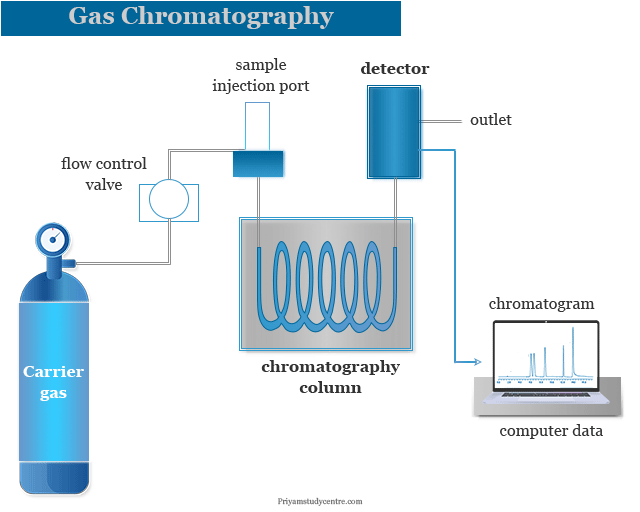
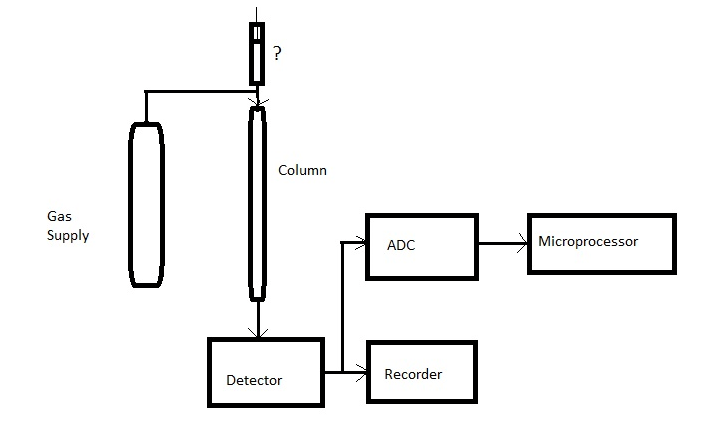




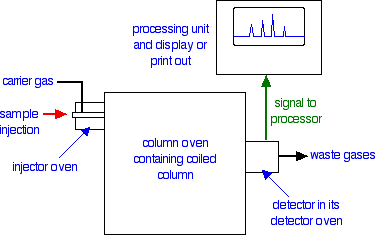

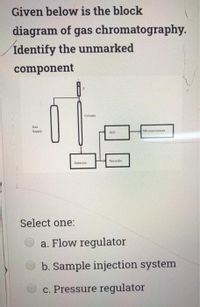

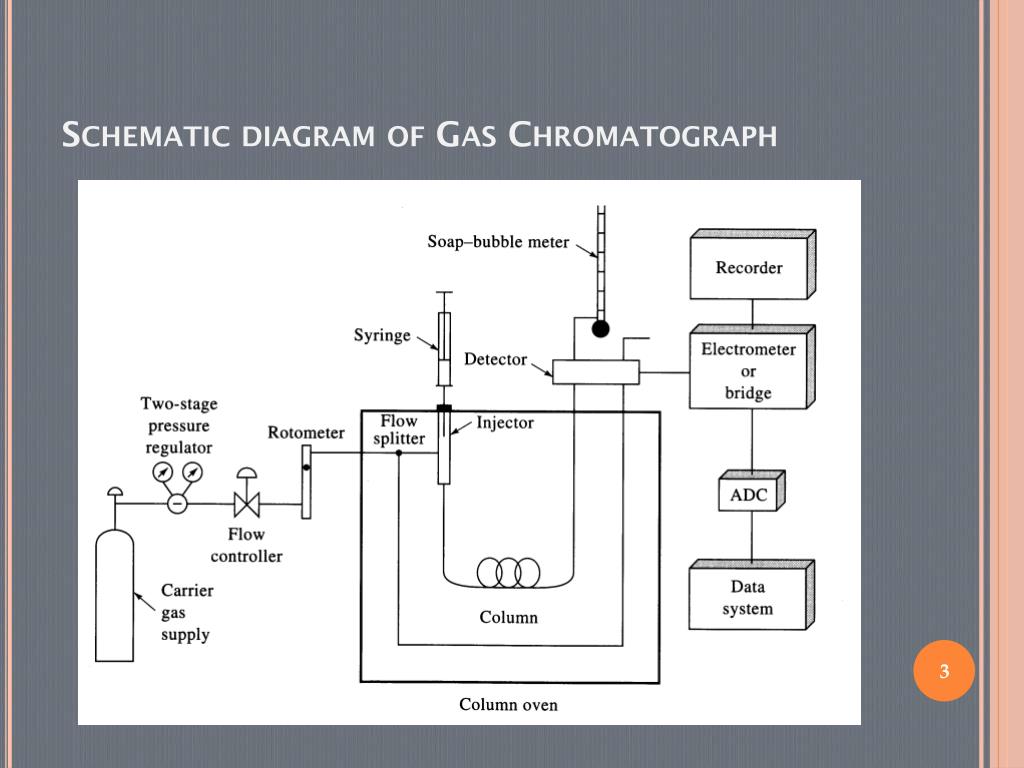
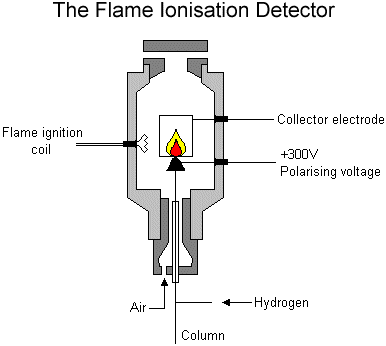





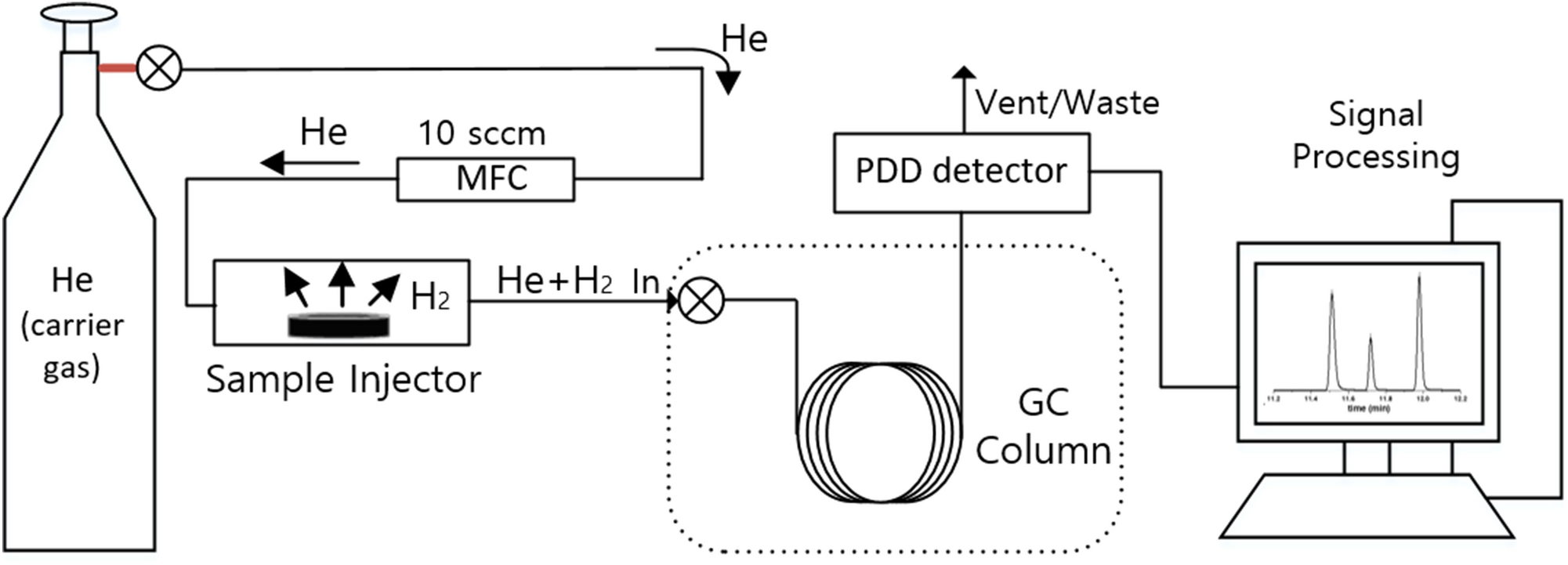
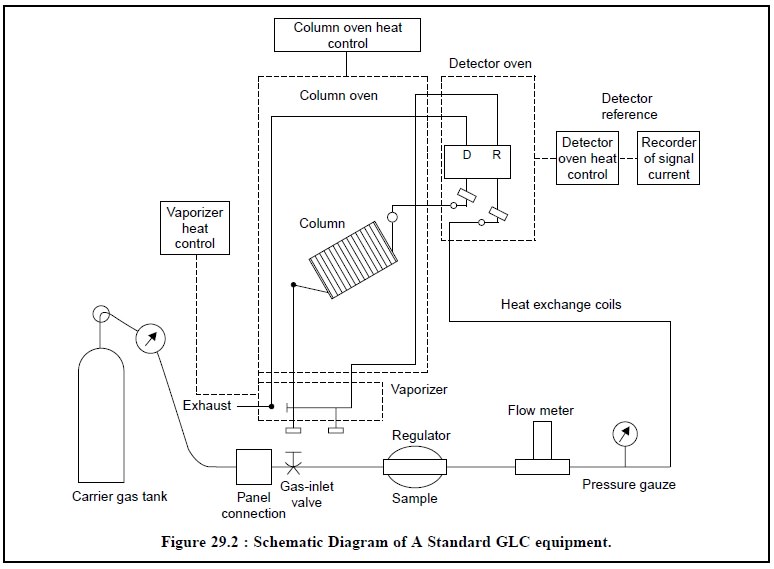
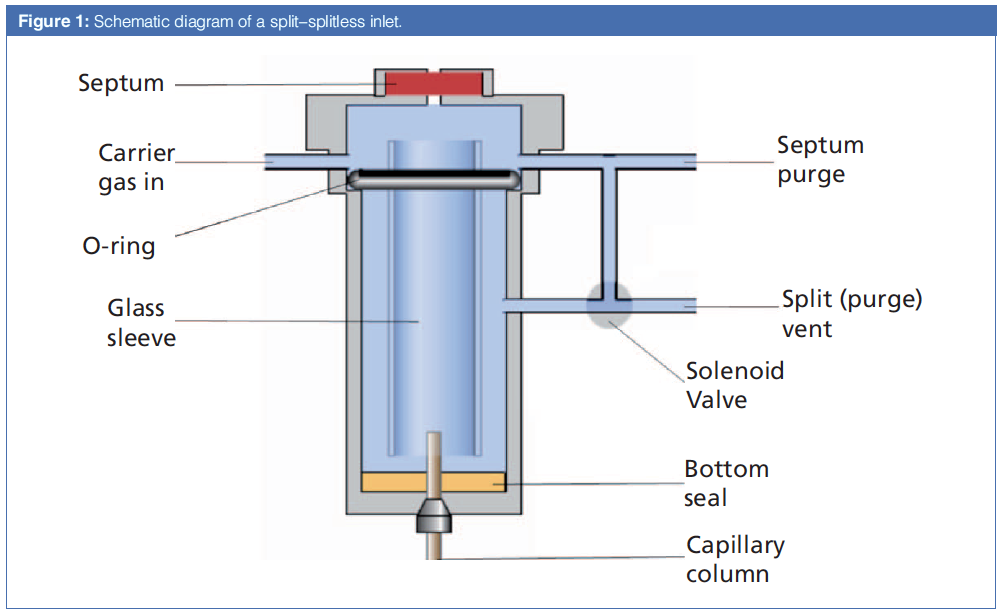




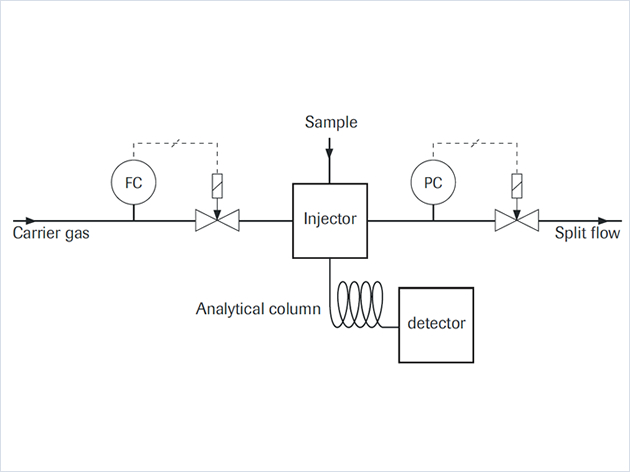

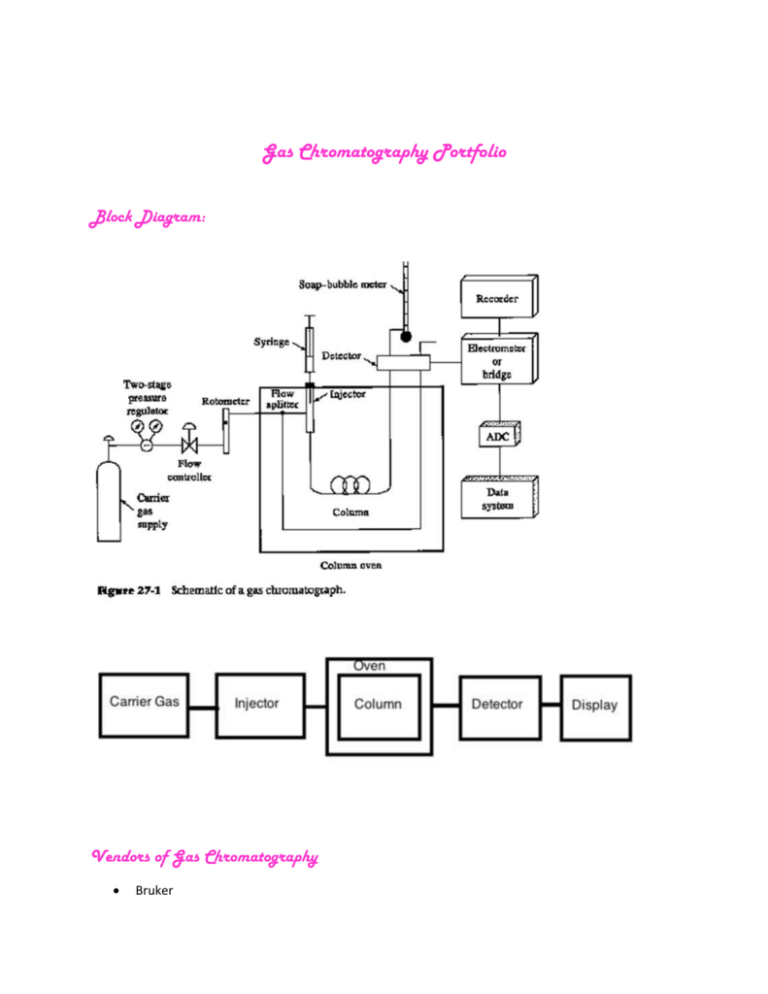
/image%2F6099035%2F20201112%2Fob_81837f_gas-1.PNG)



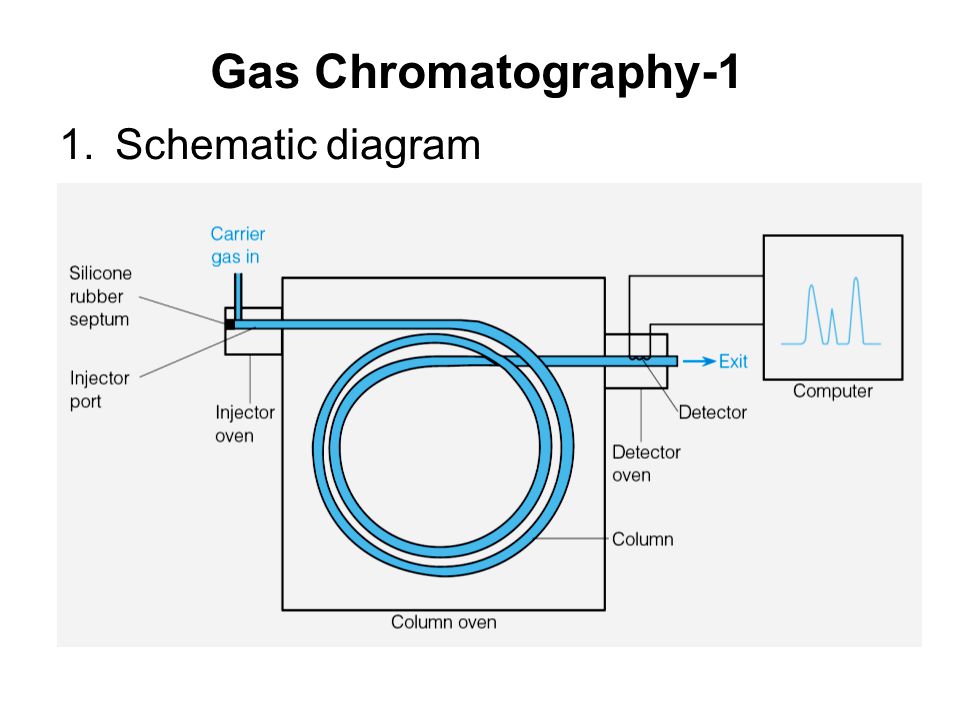

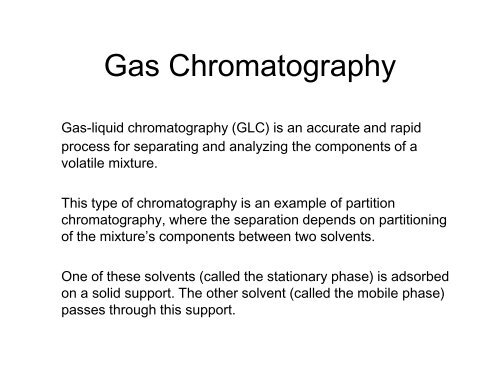
0 Response to "44 gas chromatography block diagram"
Post a Comment